This post may contain affiliate links. Please see our disclosure policy.
Kumquat marmalade is a unique citrus preserve that makes use of fresh kumquats in season. These little fruits are best eaten whole, peel and all, so they’re perfect for a fresh citrus marmalade.
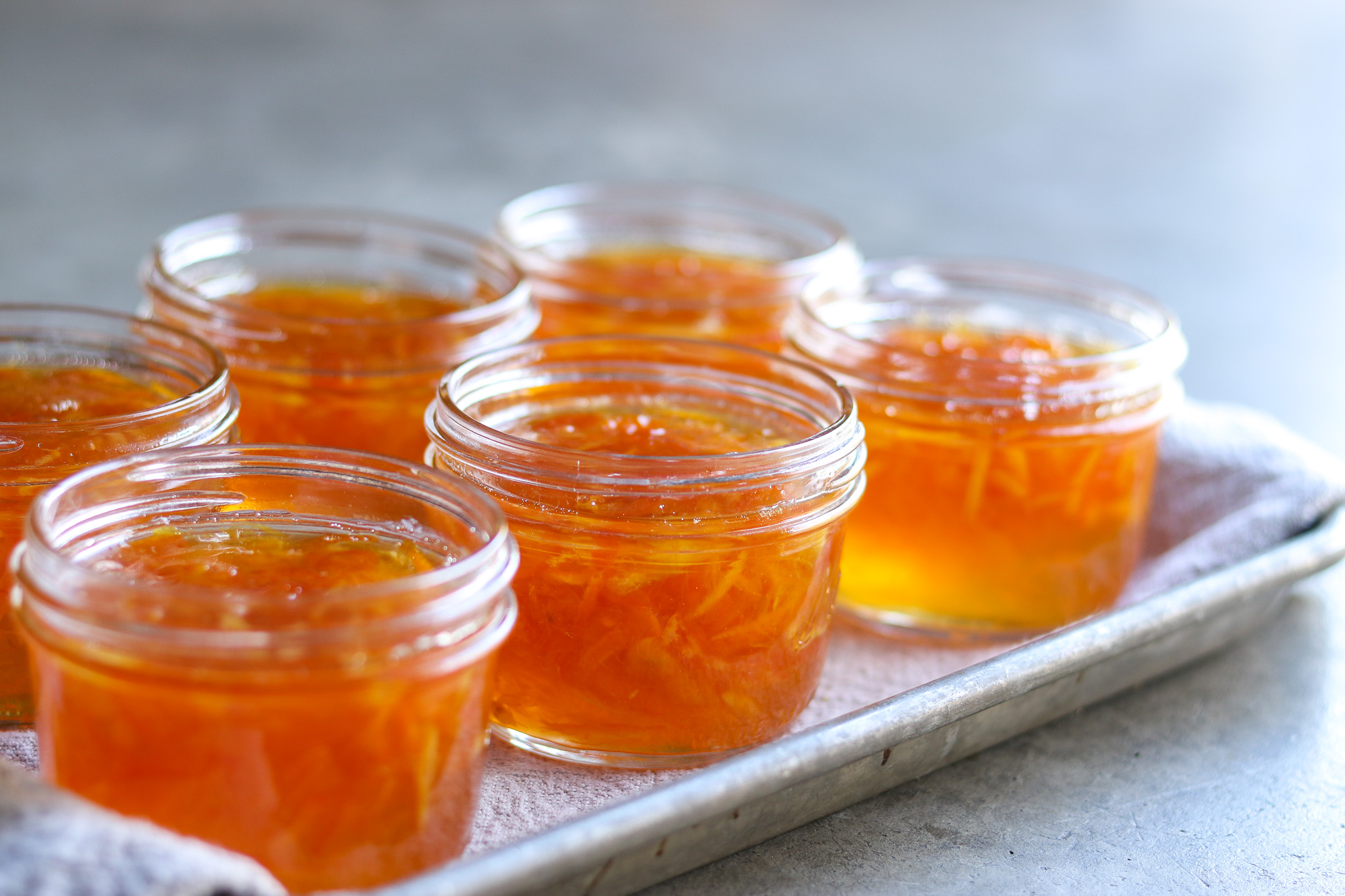
There was a huge kumquat tree on the elementary school playground when I was little, and all the kids would dare each other to eat the tiny sour fruit. We’d carefully peel each one, and double dog dare each other to eat them. Kumquats are only sour when you peel them, but we didn’t know that.
Somehow, no one knew that they were kumquats, which are eaten whole, skin and all. The skin is the sweet part, with aromatic oils that really make the fresh flavor of kumquats sing.
When preserving with kumquats, or cooking with them in general, you need to include the peel and use them whole. They’re just begging to be made into homemade marmalade!
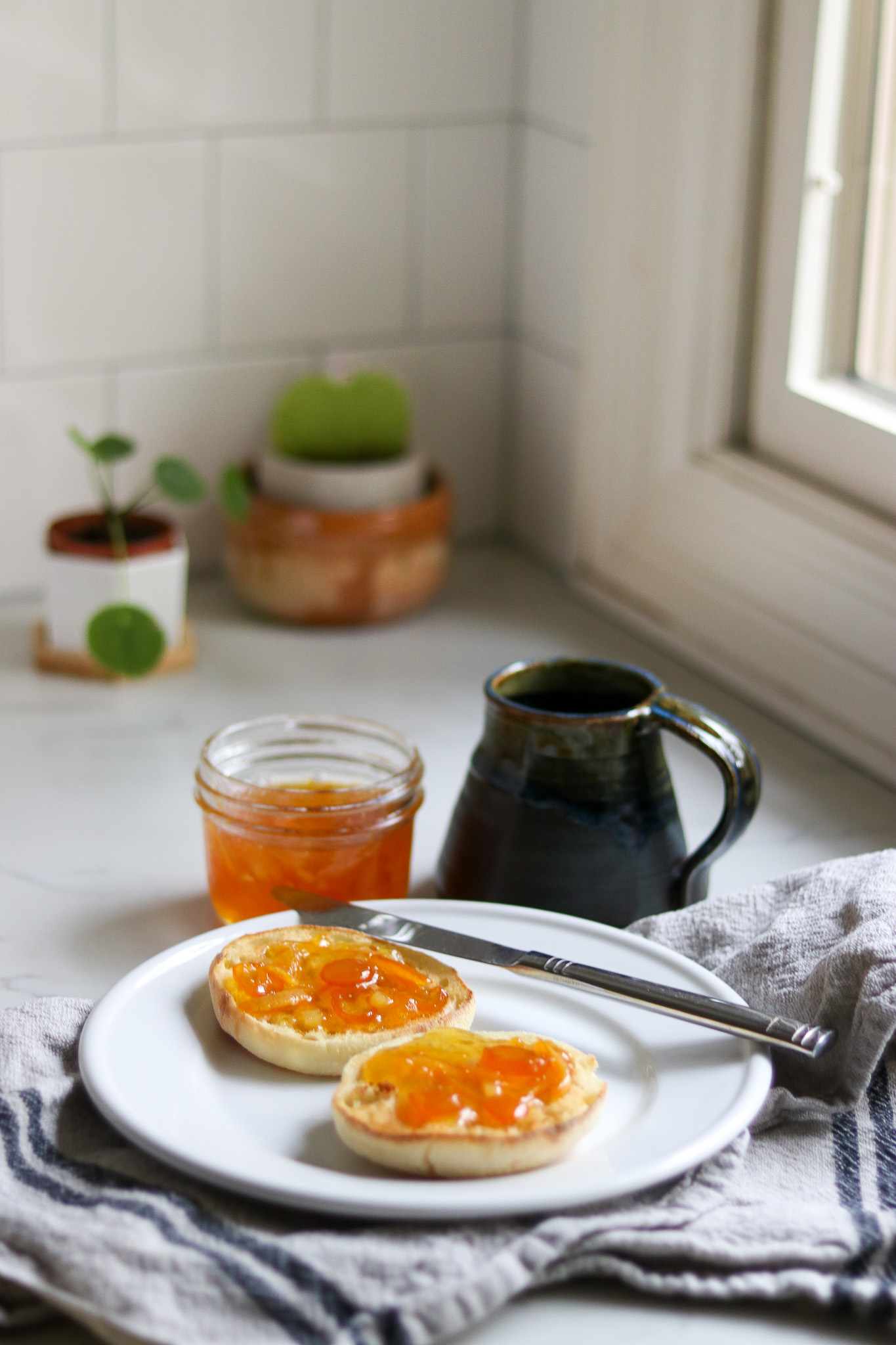
Ingredients for Kumquat Marmalade
This recipe for kumquat marmalade is adapted from The Ball Blue Book of Preserving.
To make 8 half-pint jars of kumquat marmalade, you will need the following:
- 2 cups thinly sliced kumquats (about 24 medium kumquats)
- 1½ cups chopped orange pulp (about 2 medium oranges)
- 1½ cups sliced orange peel (about 2 medium oranges)
- 1/3 cup lemon juice, fresh or bottled
- 1½ quarts water
- 4 to 6 cups Sugar
The sugar in this recipe is variable, and you’ll need 1 cup of sugar for every cup of marmalade base. Start by preparing all of your citrus and then measure the yield. That’ll tell you how much sugar you need. The total should be somewhere in the neighborhood of 4 to 6 cups, depending on how efficient you are at prepping the fruit.
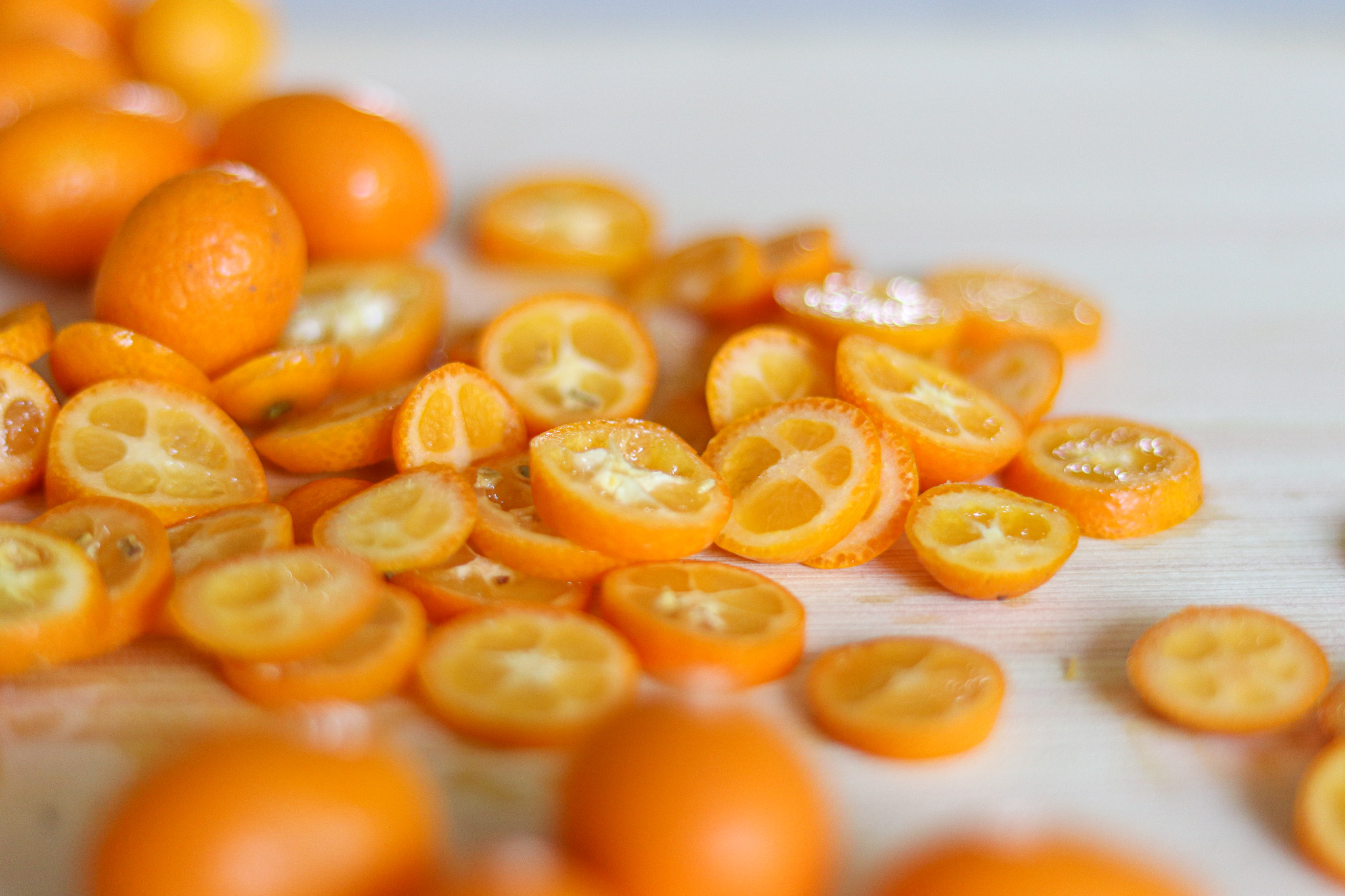
The unique flavor of kumquats, having a mixture of both sweet and sour, makes this marmalade like no other. Kumquat marmalade uses the skin and the inside flesh of the kumquat and orange pulp and peels to make a rich, thick, flavorful jam.
Kumquats and oranges are both rich in pectin, so we will not need to add any extra pectin to this recipe.
Kumquats should be fully ripe, with bright orange or yellow-orange skin (not green) without blemishes for the best results.
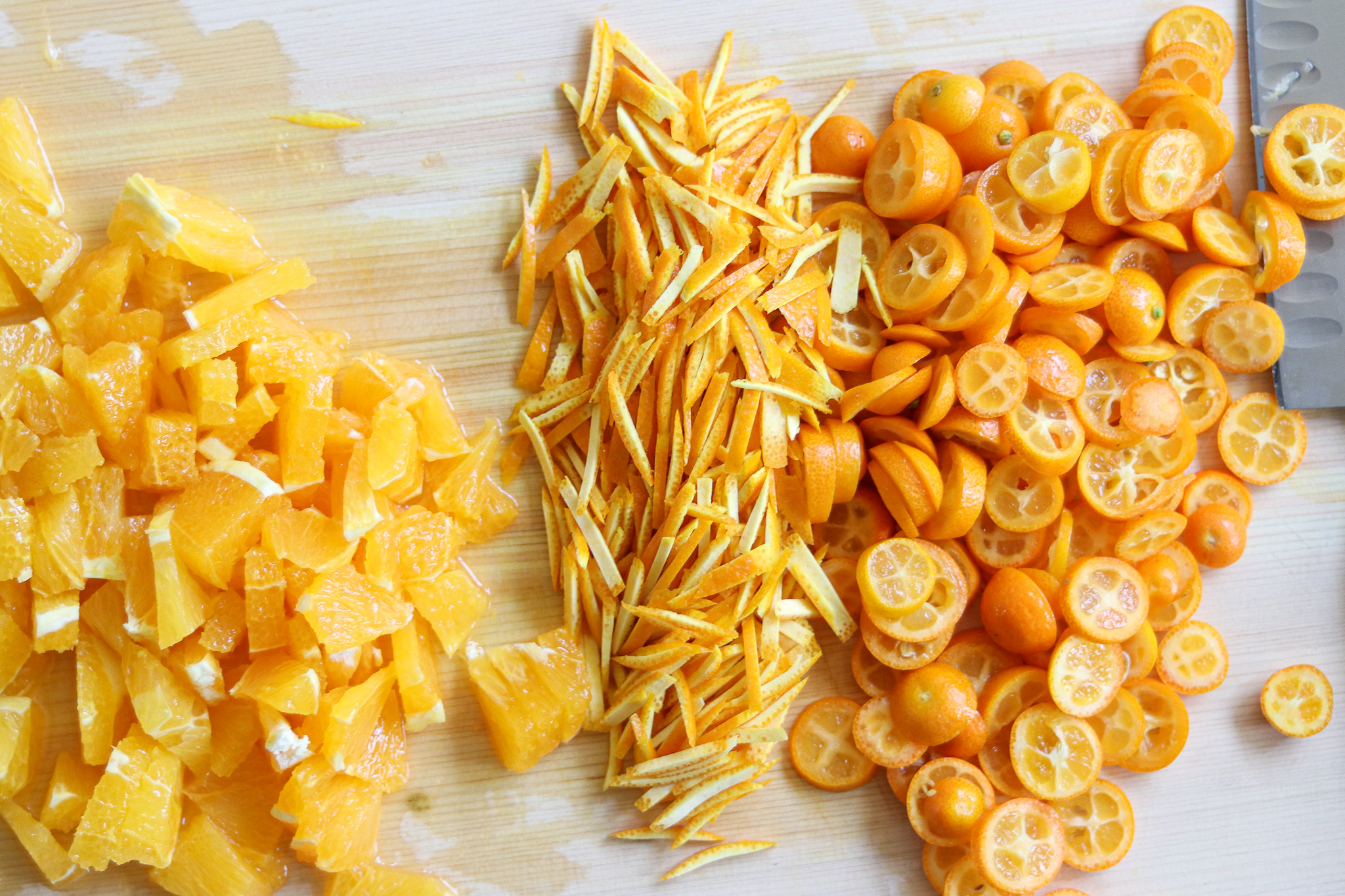
How to Make Kumquat Marmalade
Wash the kumquats and oranges with cold, clean water, rubbing the skins of the fruit with your hands or gently using a clean vegetable brush.
You may initially rub the skins with 2 tablespoons of baking soda mixed with 1 cup of water to remove any pesticides or chemicals, then rinse with cold, clean water.
Slice the kumquats crosswise into thin slices, removing seeds as you work, until you have 2 cups of sliced fruit. Note that the skins are not removed from the kumquat. Slice the whole fruit.
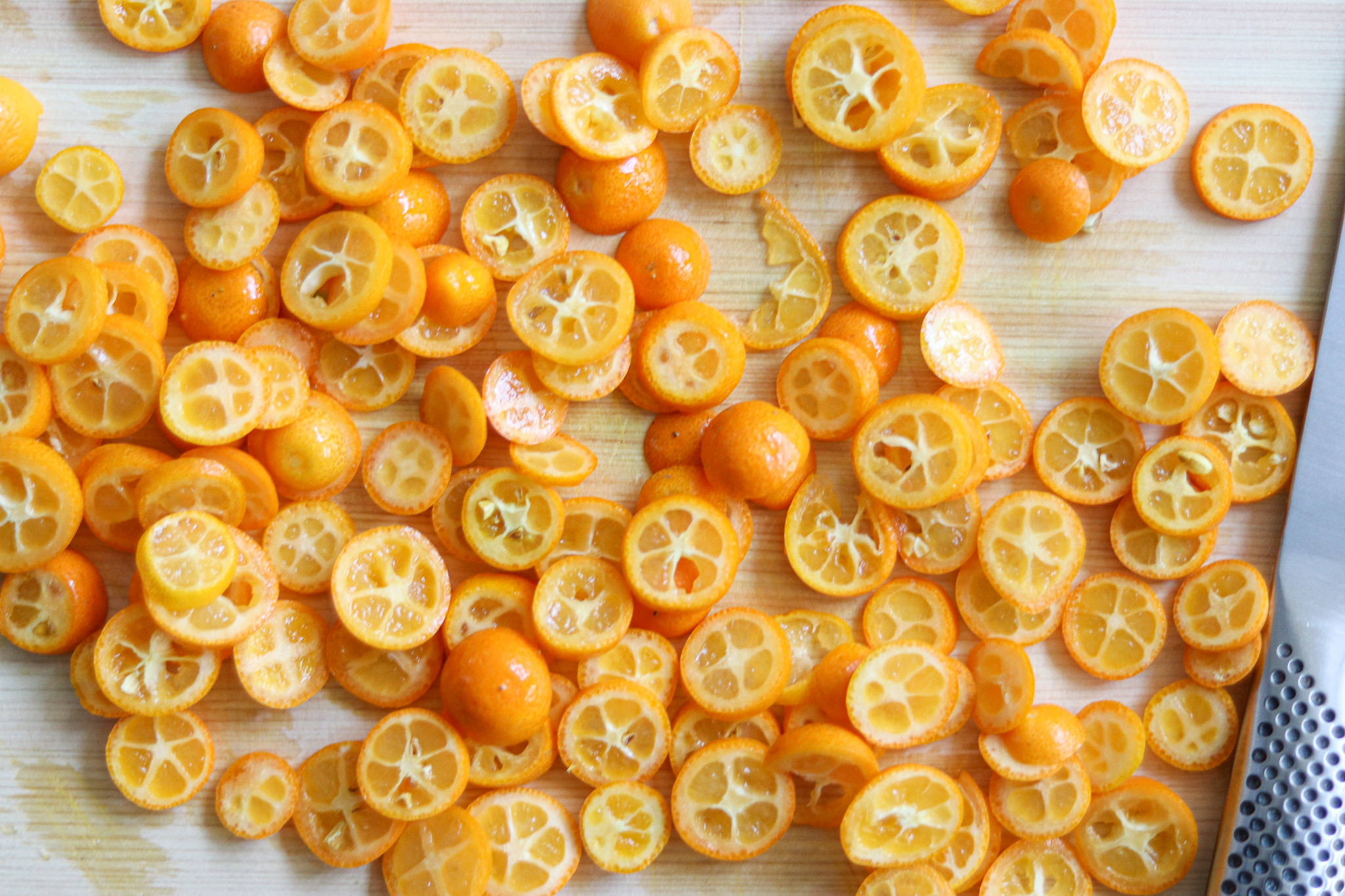
Cut the oranges in half crosswise and remove any seeds if necessary. Scoop the pulp out from each orange half and chop the pulp, creating 1½ cups of chopped orange pulp.
Remove the white pith (bitter) layer from the remaining orange peels so you retain only the outermost, colorful part of the peel.
Then slice the peels into thin strips or pieces until you have 1½ cups of sliced orange peeling.
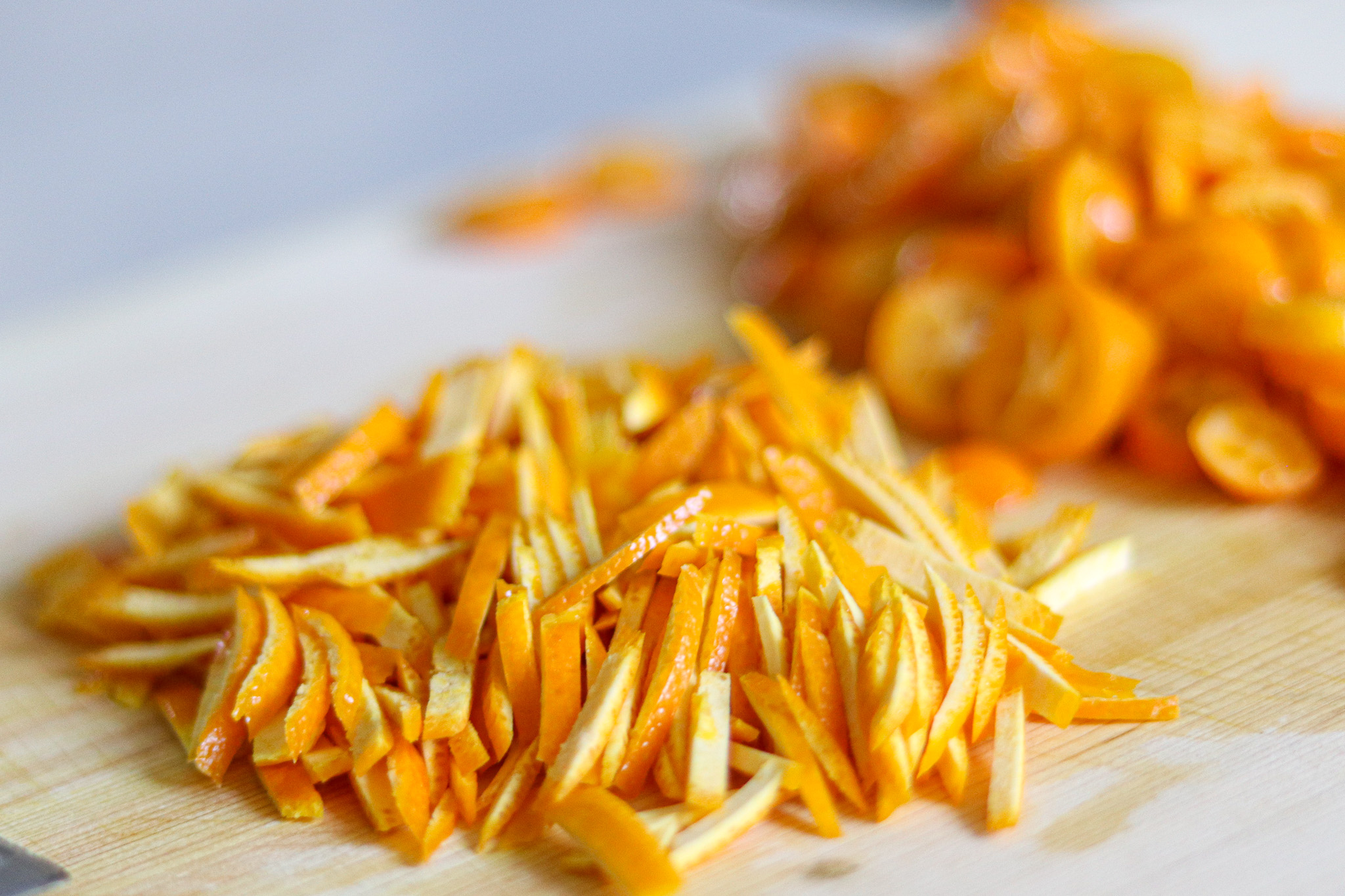
Combine the sliced kumquats, the orange pulp, and the chopped orange peelings in a large saucepan.
Add 1/3 cup of lemon juice and 1½ quarts of water to the fruit and cook over medium-high heat until it begins to boil. Reduce the heat to medium and gently boil for 5 minutes, stirring occasionally.
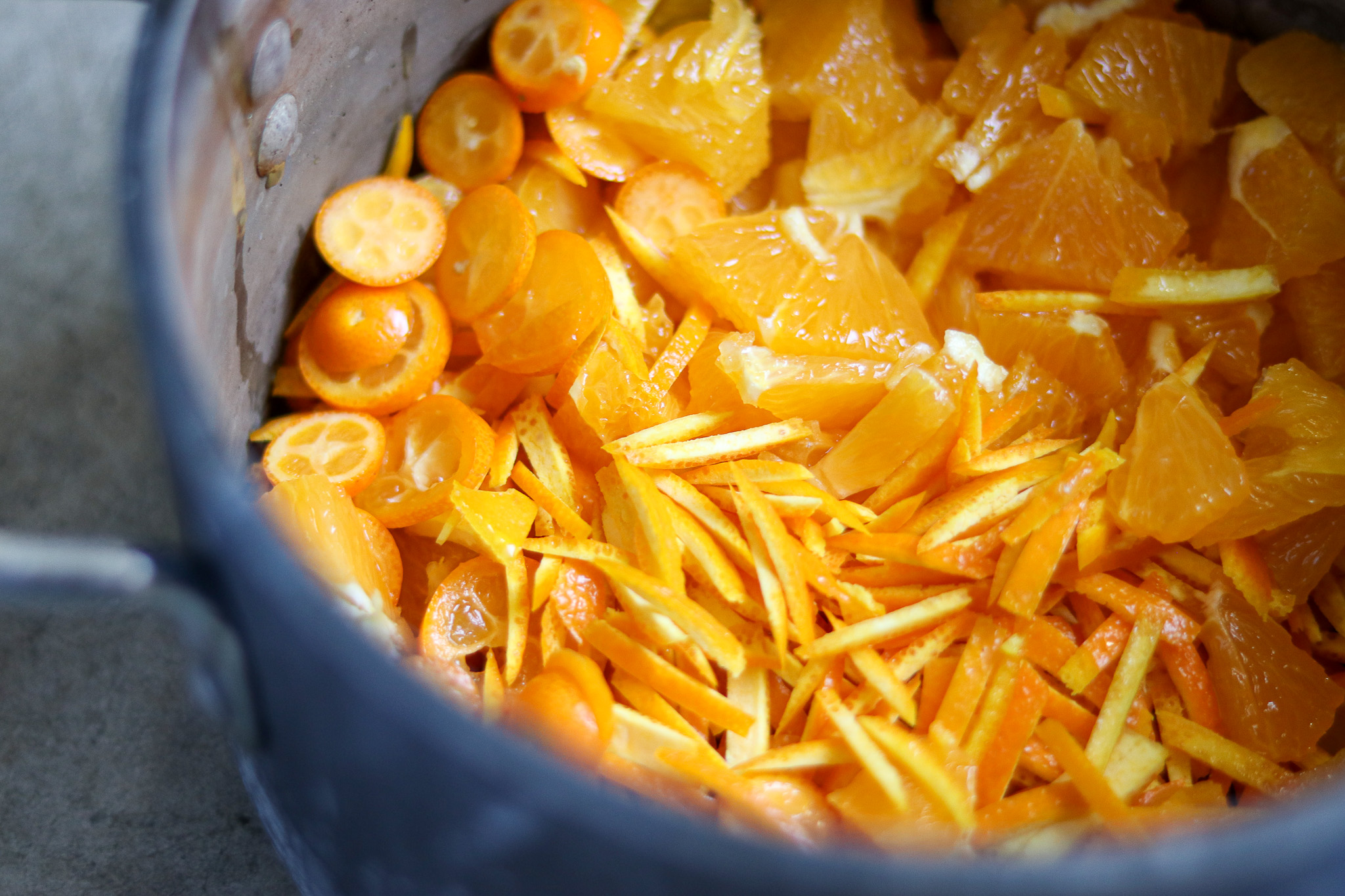
Remove the fruit mixture from the heat.
Place a cover on the saucepan or transfer the mixture to a container with a lid, and put the covered fruit mixture in the refrigerator for 12 to 18 hours.
This resting period allows the natural fruit pectins to come out of the peels, softening the peels for a better finished texture in the marmalade but also ensuring set.
Don’t skip this rest period! You’ll end up with tough peels and a weak set.
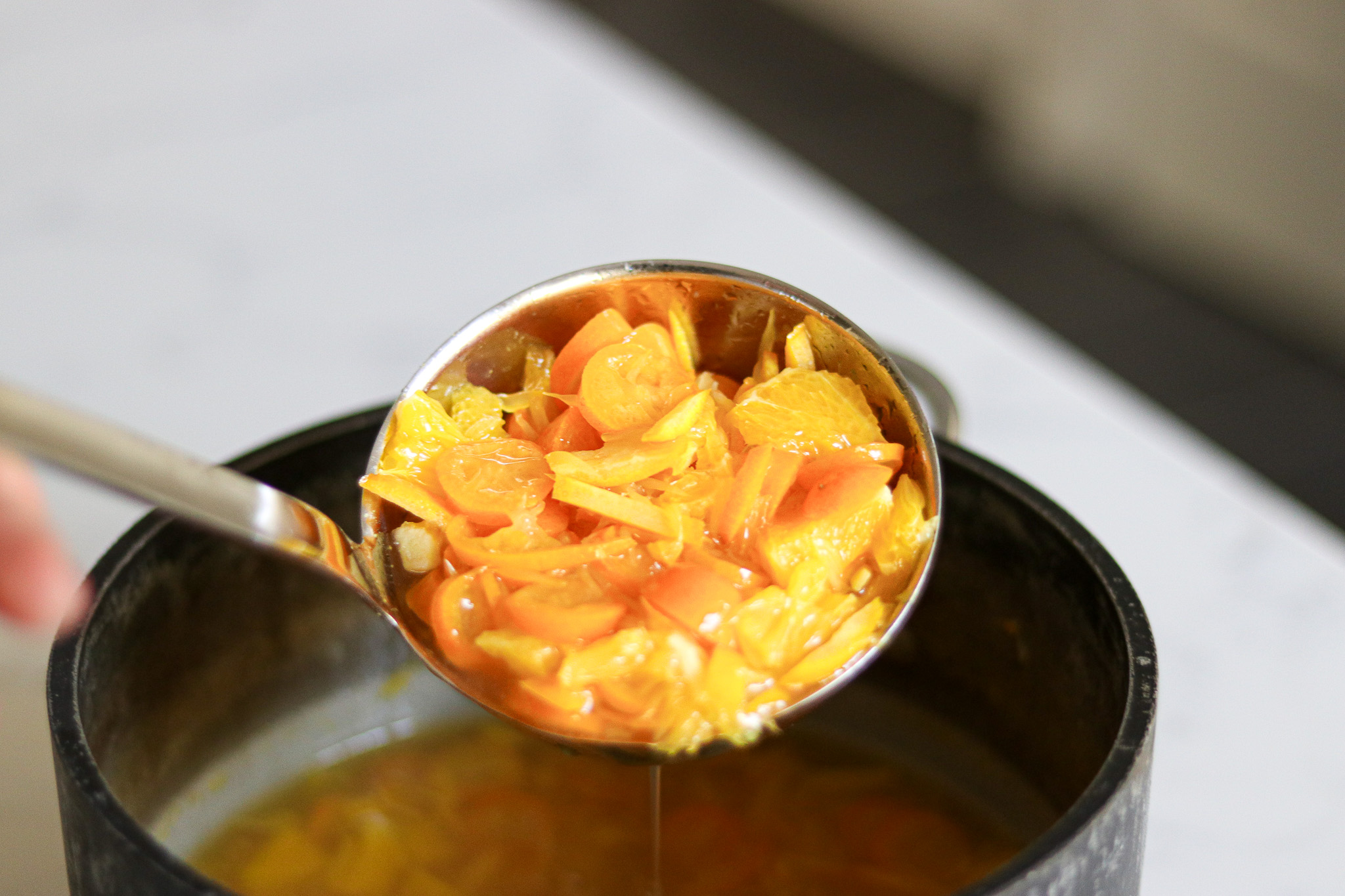
Return the mixture to the stove in a large saucepan over medium-high heat and bring the fruit mixture to a boil. Continue to cook the fruit mixture until the orange peels are tender.
Measure the entire contents of the saucepan.
Measure an equal amount of sugar and combine it with the fruit mixture, stirring until the sugar is dissolved. For example, if the fruit and liquid from the saucepan measure 3½ cups, you should add 3½ cups of sugar to the fruit mixture.
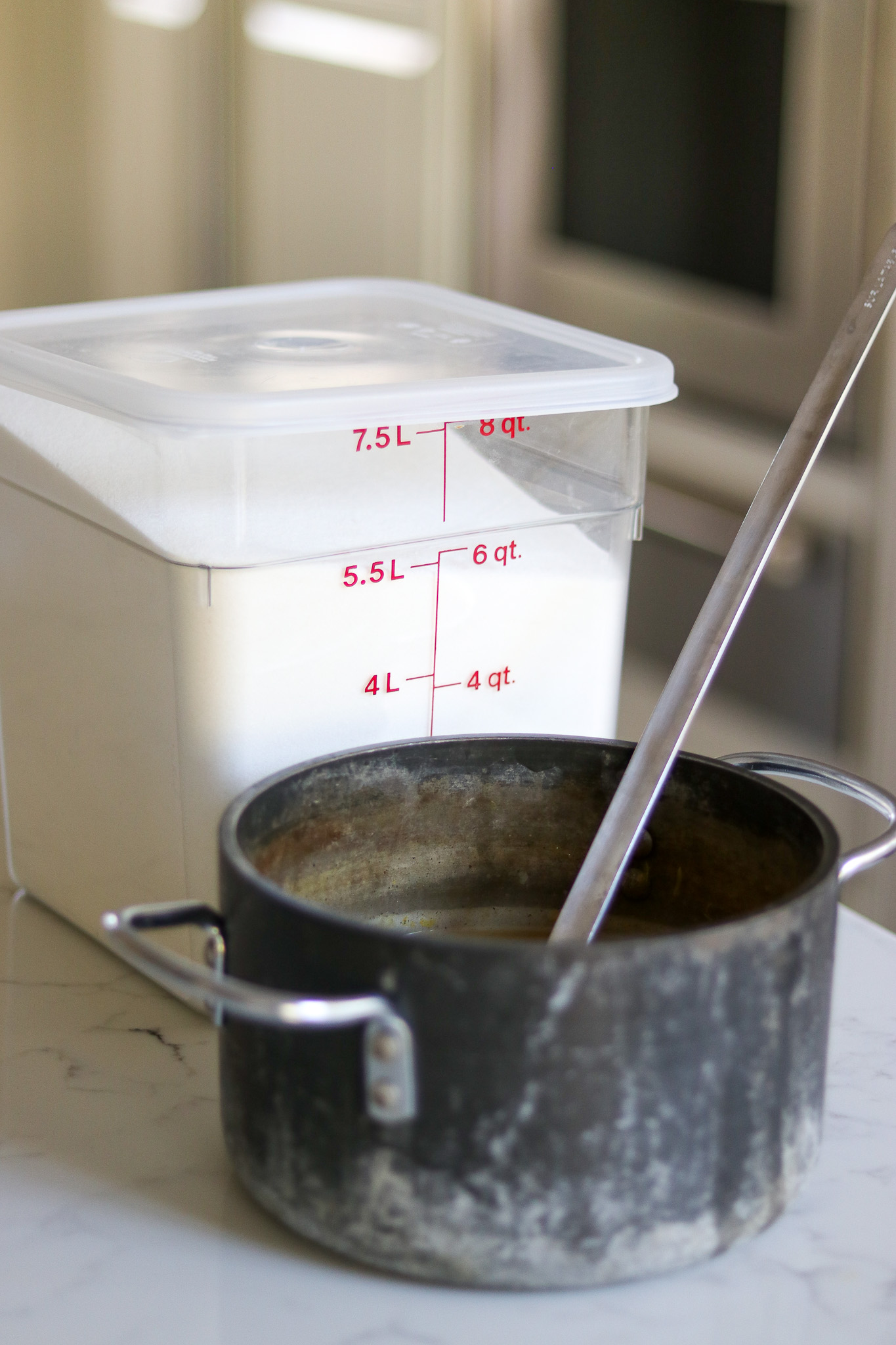
Prepare your hot water bath canner with enough water to cover the jars by 1-2″, get your jars and 2-part canning lids ready, and other tools you may need, such as your jar lifter.
Bring the sugar and fruit mixture to a boil over medium-high heat, stirring constantly to prevent scorching.
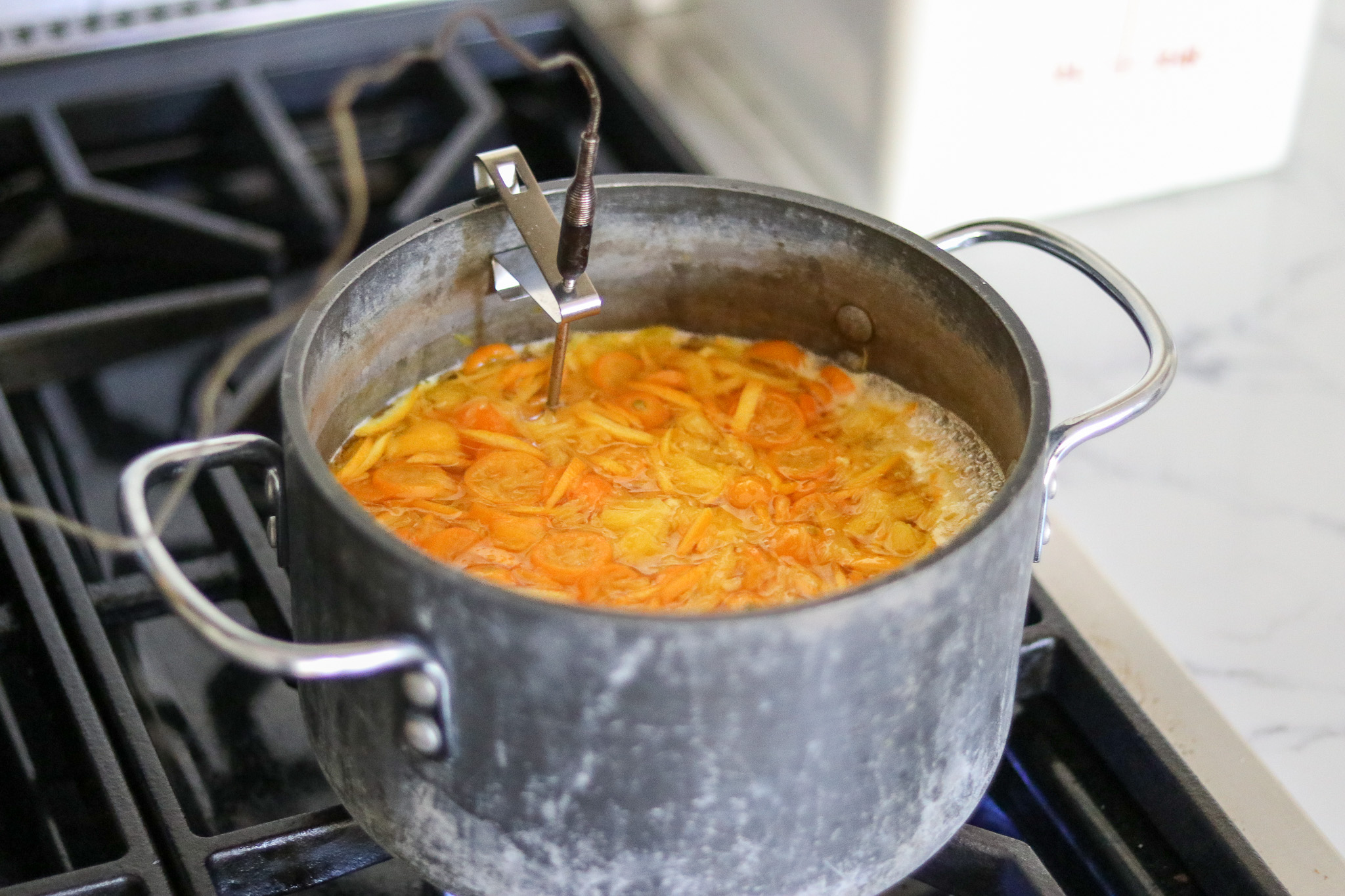
Heat the mixture until it reaches a full, rolling boil, which means that as it is boiling and you stir it, the bubbling does not stop but continues boiling despite being stirred.
Continue boiling and stirring until the mixture reaches 220° Fahrenheit on a kitchen thermometer.
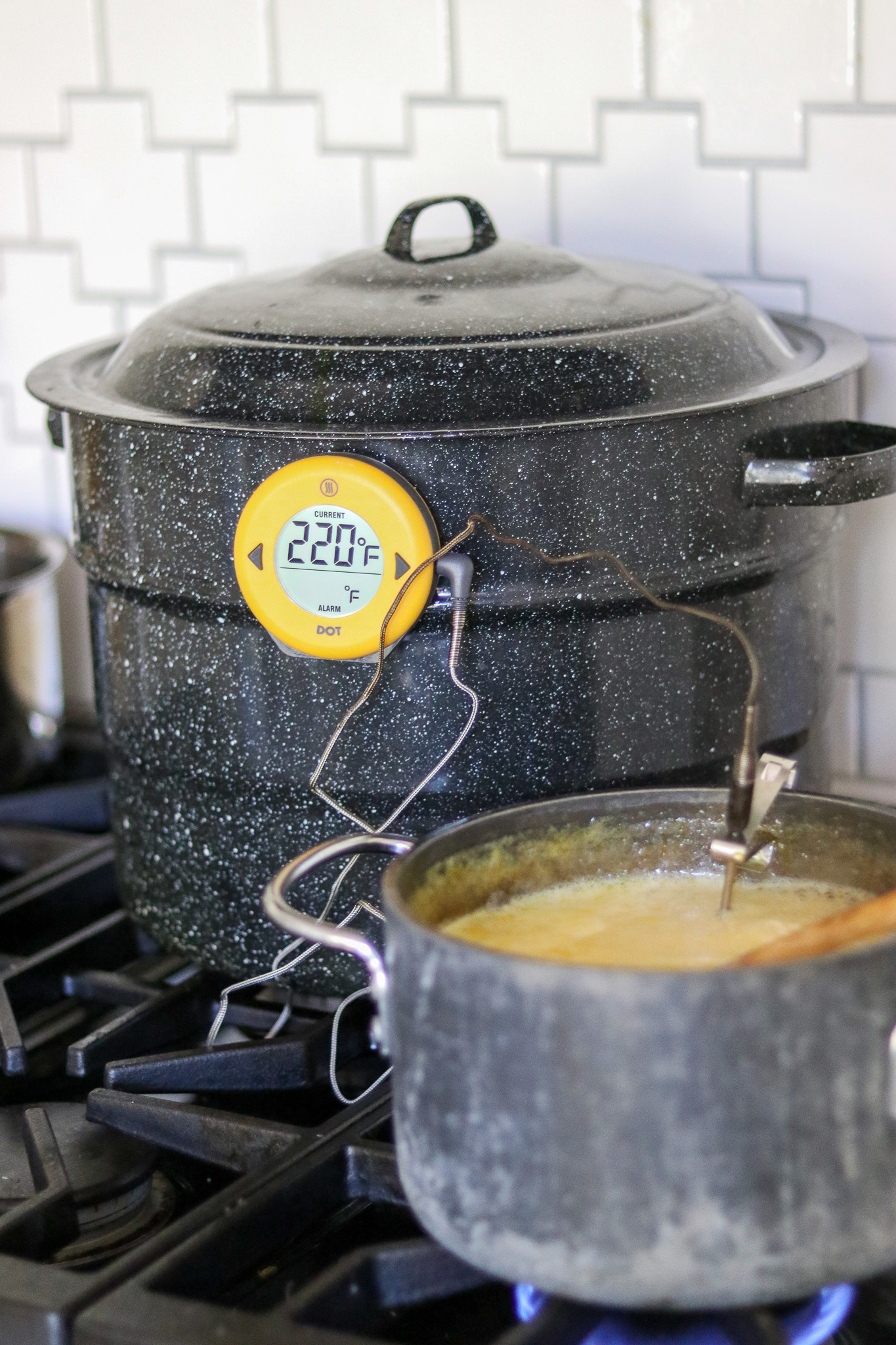
If you don’t have an instant-read thermometer, you can also test for set on a plate that’s been chilled in the freezer.
Simply freeze a plate, and then when you think the marmalade is about done, spoon a small amount onto the plate. It’ll flash cool, and it should set and wrinkle when you press it with your finger. If it stays running, the marmalade isn’t quite done yet and needs to cook just a bit more.
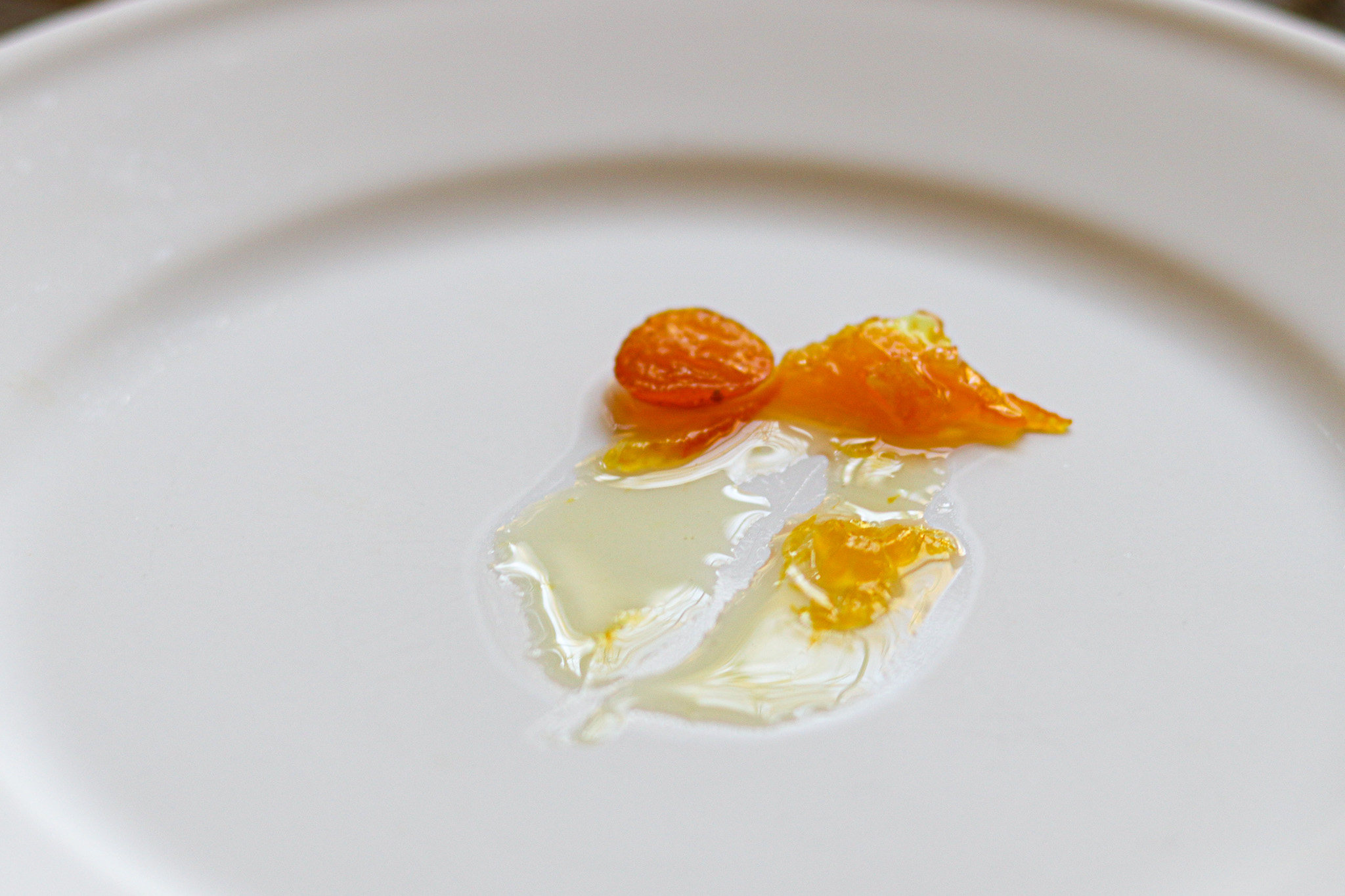
Remove the marmalade from heat, and skim off any foam with a metal spoon.
Immediately ladle the marmalade into hot, sterilized jars, leaving ¼” headspace.

Use a rubber spatula to remove any air bubbles in the jars, and then wipe the rims of the jars with a clean, damp cloth to ensure a good seal.
Place the 2-part canning lids on the jars and tighten them to “finger-tight.” Do not use a tool to screw the lid on too tightly.

Canning Kumquat Marmalade
If you’re not familiar with canning, take a minute to read my beginner’s guide to waterbath canning before getting started.
Load the jars into your preheated canner and bring the canner to a full rolling boil. Once boiling, start the timer and process the jars for 10 minutes or longer for higher elevations.
After the processing time is complete, turn off the heat and remove the cover from your canner. Leave the jars in the water for 5 minutes, then use a jar lifter to remove them from the canner and set them to cool on a towel on the counter. Leave space between the jars to allow air to circulate, and leave them untouched for 12 to 24 hours.
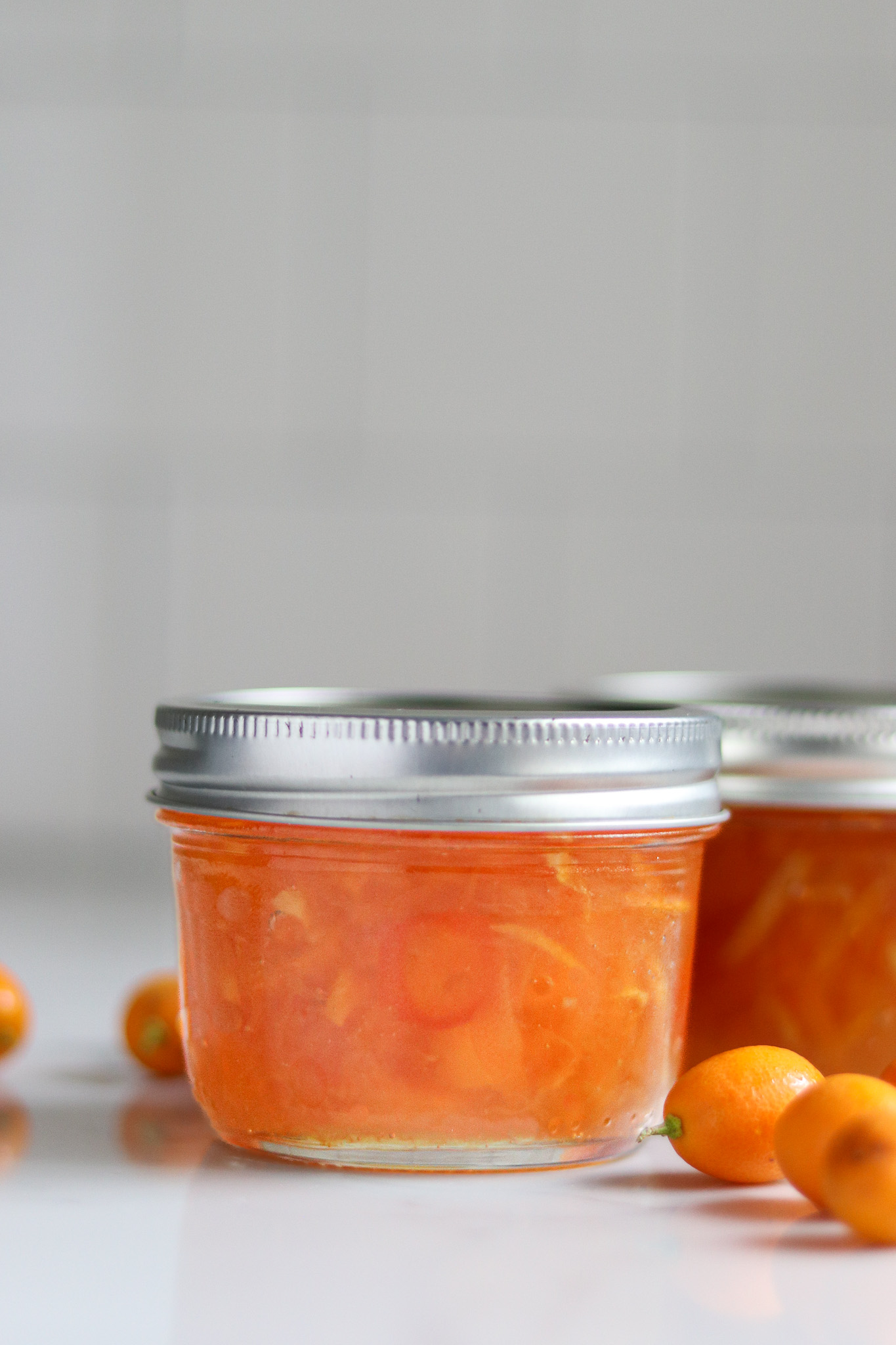
After 24 hours, check the seals. If the lids still have a “bubble” in the center of the lid, continue to let it set, or store it in the refrigerator for immediate use. If the jar does not seal after 48 hours, refrigerate the jam and use it within three weeks.
Kumquat marmalade tends to set up more quickly than some other marmalades, but this one can take up to a week to reach the desired jam thickness.
Even though the jars have sealed, the jam may still be runny or has a thinner consistency than you would like.
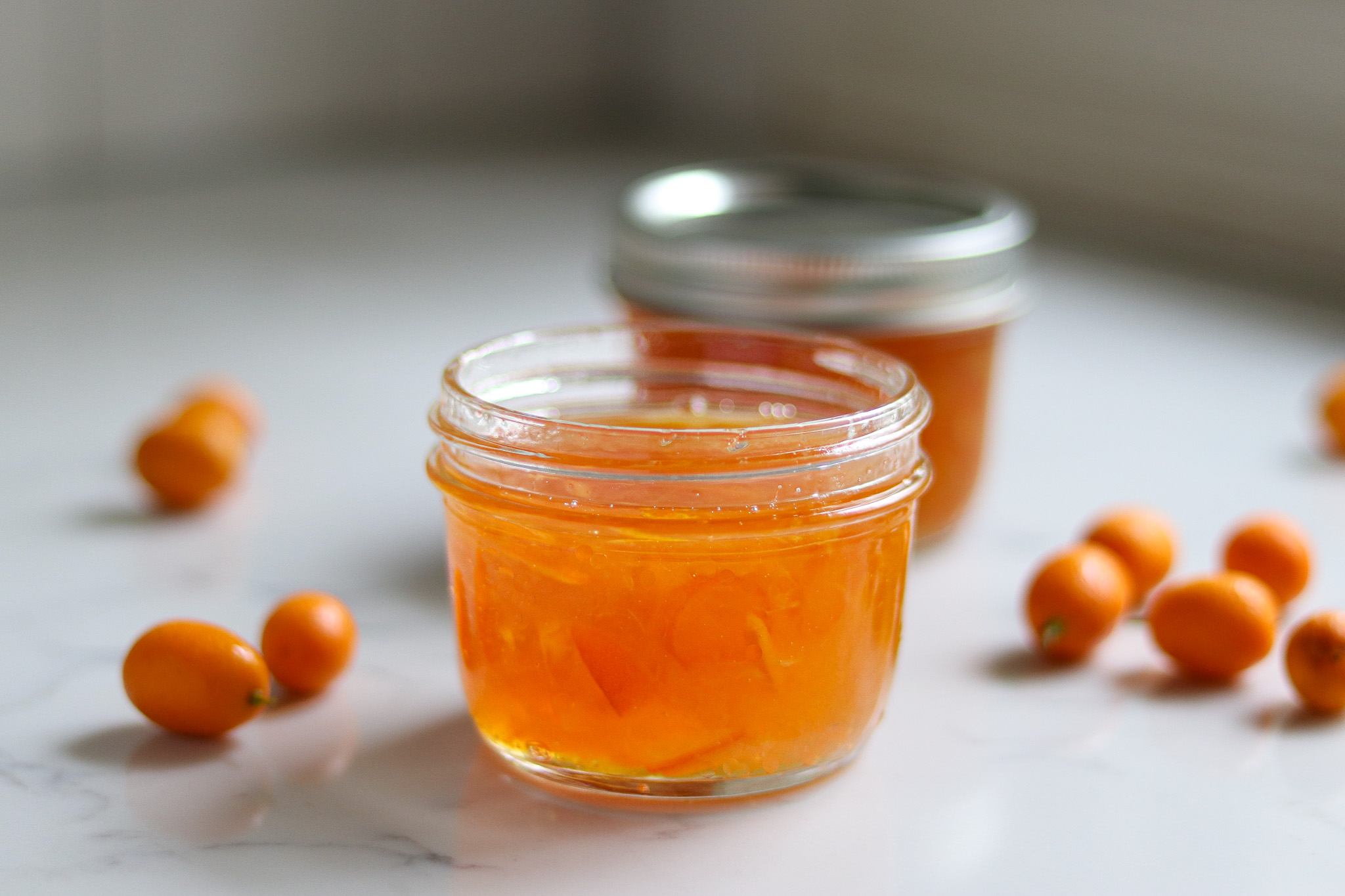
Be patient and give the marmalade some time to gel. You can still eat it before it is fully set, but you may have to wait to get the nice thickness of the marmalade.
Store sealed, unopened jars of marmalade in your pantry or a cool, dry place for up to 12 months for peak quality, and it will still be good to eat after that as long as the jars remain sealed.
Refrigerate after opening, and use within three weeks.

Kumquat Marmalade Variations
Other citrus flavors, such as lemon, can be used in this recipe to add variety.
Cranberries also pair wonderfully with kumquats and make a delicious marmalade.
Adding warm spices like cinnamon gives the marmalade a new taste, or you can also try flavorings such as almond or vanilla extract.

Ways to Use Kumquat Marmalade
Kumquat marmalade makes an excellent glaze for grilled lamb chops. Spread some marmalade on the lamb for the final 1-2 minutes on the grill for a sweet glaze, and serve it on the side.
A beef roast gets a fantastic zip of flavor when served with kumquat marmalade.
Muffins and scones are even more delicious with kumquat marmalade, and try some on your breakfast toast or English muffin.
Kumquat marmalade’s sweet and tangy flavor also tastes great on butter crackers!
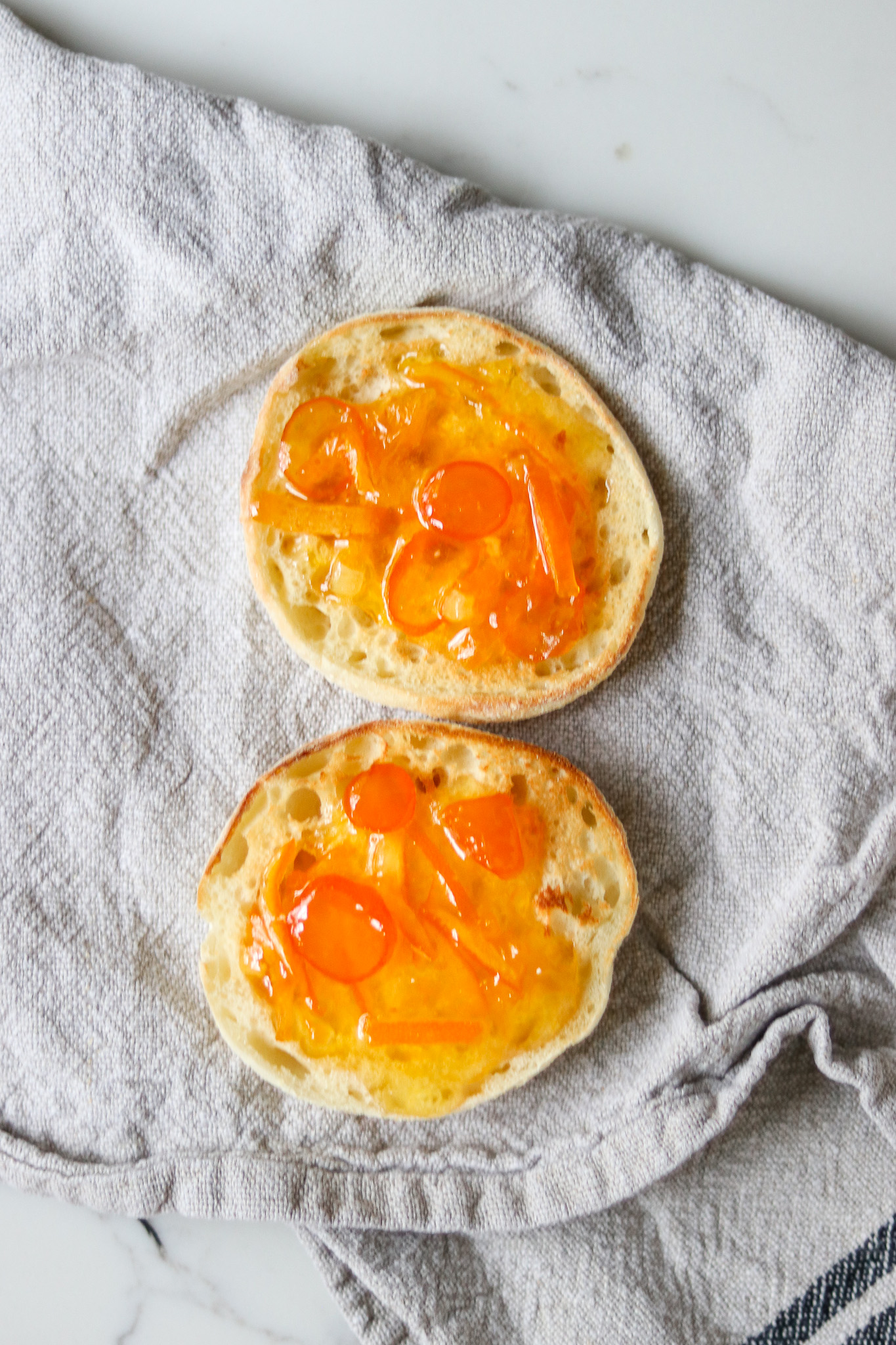
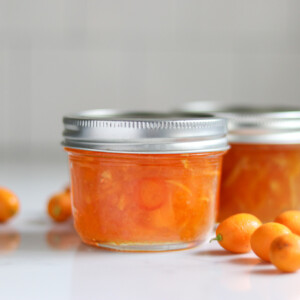
Kumquat Marmalade
Ingredients
- 2 cups kumquats, thinly sliced (about 24 medium kumquats)
- 1½ cup orange pulp, chopped, about 2 medium oranges
- 1½ cup orange peel, peel only, no white parts or pith, cut into small pieces (about 2 medium oranges)
- 1/3 cup lemon juice, fresh or bottled
- 6 cups water
- 4 to 6 cups sugar, see notes
Instructions
- Wash the kumquats and oranges with clean, cool water, gently rubbing with your hands or a vegetable scrubber.
- Slice the kumquats crosswise into thin slices. Do not remove the peeling, but seeds may be discarded. Slice enough kumquats to equal 2 cups.
- Cut the oranges in half and scoop out the orange pulp, removing any seeds. Chop the orange pulp to obtain 1½ cups.
- Remove the white pith layer from the inside of the orange rinds, and retain only the outer layer of peeling from the orange. Cut the peeling into thin slices or small pieces, equaling 1½ cups.
- Mix the kumquats, orange pulp, orange peels, lemon juice, and water in a large saucepan.
- Bring the fruit mixture to a boil over medium-high heat, then reduce the heat to medium and gently boil the mixture for 5 minutes.
- Place a cover on the saucepan or transfer the mixture to a container with a lid and refrigerate for 12 to 18 hours.
- Return the fruit mixture in a large saucepan to the stove and cook over medium-high heat. Continue to cook, stirring occasionally, until the peelings are tender.
- Measure the fruit mixture, including the juices, then add an equal amount of sugar to the mixture and stir until the sugar dissolves.
- Prepare jars and a hot water bath.
- Return the fruit and sugar mixture to a rolling boil, stirring continuously, and continue to boil hard until it reaches the gel stage or when the mixture reaches 220° Fahrenheit.
- Remove the marmalade from the stove and skim off any foam with a metal spoon if desired.
- Immediately pour or ladle the hot marmalade into prepared hot jars, leaving ¼” headspace at the top of the jars.
- Wipe the rims of the jars with a clean cloth, and apply the 2-part canning lids.
- Preserve the marmalade using a hot water bath canning method for 10 minutes, 15 minutes at altitudes above 3000 feet, or 20 minutes above 6000 feet.
- After processing, turn off the heat and leave jars in the canner, uncovered, for 5 minutes. Remove the jars from the canner and let them cool and seal for 12-24 hours or longer. It may take up to a week for the marmalade to set firmly.
- Sealed marmalade will retain peak quality for up to 12 months stored in a cool, dry place or pantry. Refrigerate the marmalade once opened.
Nutrition
Nutrition information is automatically calculated, so should only be used as an approximation.
Marmalade Recipes
Once you’ve mastered this recipe, why not explore other citrus varieties?
Meyer Lemon Marmalade offers a delicate sweetness, while Lime Marmalade provides a zesty kick. For a classic choice, try your hand at Orange Marmalade or its bright red cousin, Blood Orange Marmalade. If you’re feeling adventurous, our Marmalade with Any Citrus recipe allows for endless experimentation.
Don’t forget to try the fragrant Buddha’s Hand Marmalade for a truly unique spread!
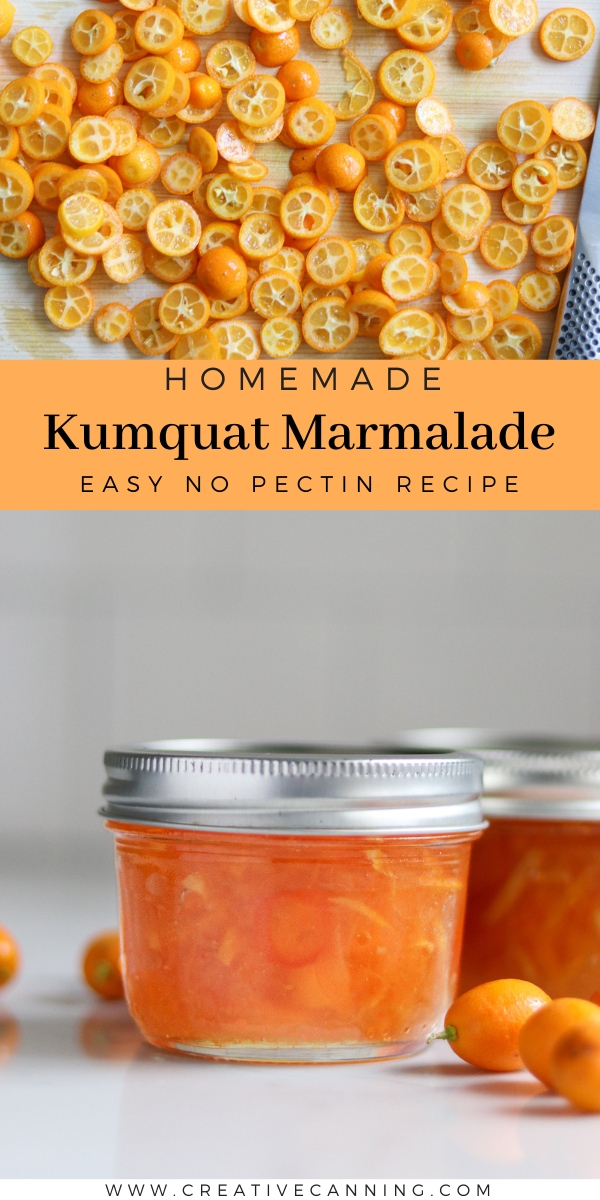
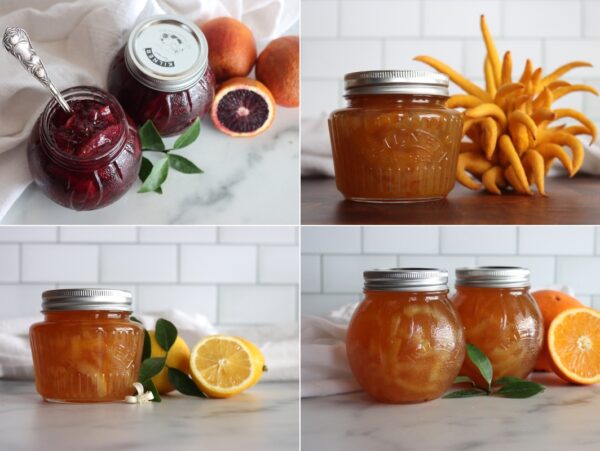
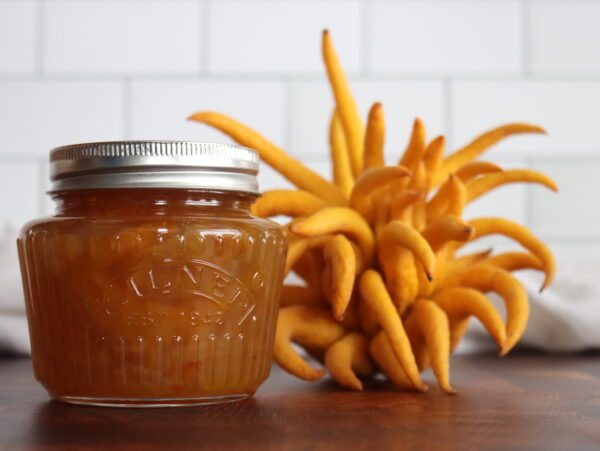
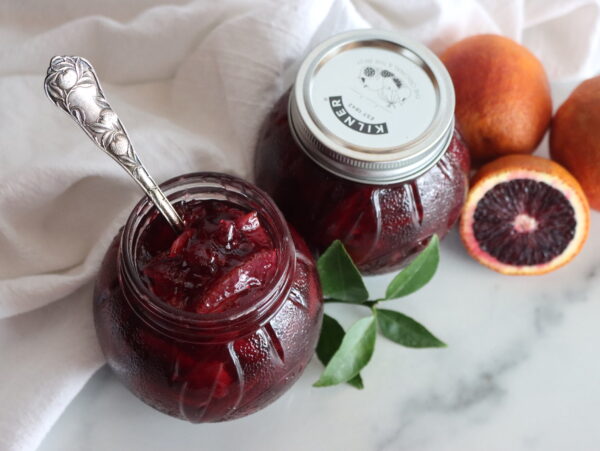
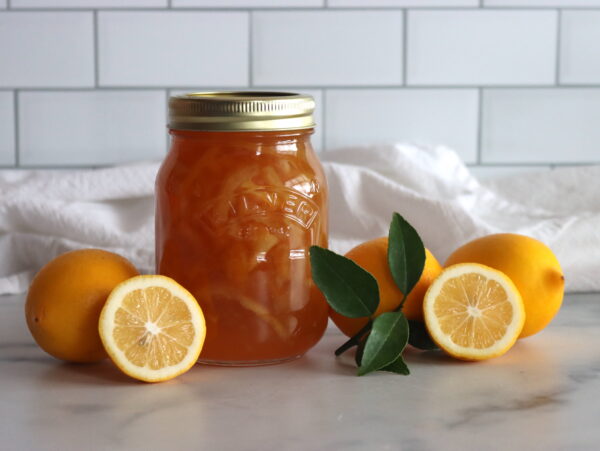
This is a fun recipe, and the perfect way to use kumquats in season. We had a tree in my neighborhood as a child, and we’d eat our fill on our way to the playground. They can be prolific! But a marmalade is the perfect way to preserve them.